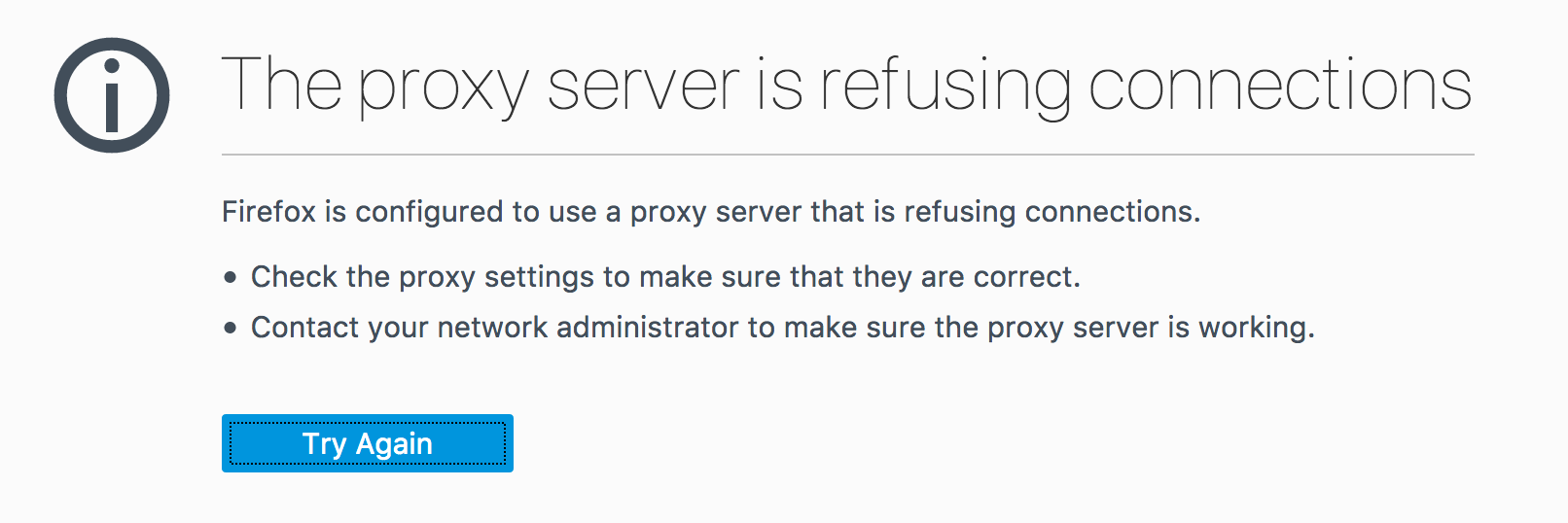Centos 7 Socks5 Proxy

. Setting the proxy via Gnome GUI. Setting the proxy via command line. Configuring YUM to use our proxySetting the proxy via Gnome GUI (Linux Control Panel Applet)From your desktop click System Preferences Network ProxyThis will bring up the following dialog box. Proxy Settings Dialog BoxMost companies that run a proxy server will offer an auto configuration URL. This URL usually leads to a “proxy.pac” or “wpad.dat” on a web server.
In this article we are going to set up a Socks5 Proxy server using SS5 on CentOS 7. SS5 is a high performance SOCKS proxy server implementing SOCK4 and SOCKS5 protocols. As a proxy server, SS5 authenticates, profiles and processes network requests for clients. It establishes connections to application hosts for client applications.
This is the preferred way of offering a proxy configuration since it allows flexibility to the system administrator to dynamically change your settings.If you have been provided an auto configuration URL you can enter it here. If no URL has been provided check the “Manual proxy configuration” and enter the hostname and port for each protocol.Learn more about WPAD (Web Proxy Autodiscovery Protocol) you can start with an overview at the.Linux proxy settings differ from the way Windows handle’s proxy settings. In Windows if you set the proxy in Internet Explorer then it is a system wide setting. In Linux you will still need to tell other applications about your new proxy settings, including your browser. Open Firefox (default web browser for RHEL) and select Preferences Network Connections. Firefox Connection Settings Dialog – Shows Proxy ConfigurationSelect the radio box that says “Use system proxy settings”.Optionally you can also enter the same auto configuration URL you used above in the “Automatic Proxy Configuration URL” box in the above screen.
Another option is to set the proxy manually in the browser as well. Setting the proxy via command lineIn order to use HTTP/HTTPS proxy settings via the command line you will need to set the httpproxy environmental variable. The auto configuration URL you used above will not work when setting an environmental variable.YOU MUST USE THE DIRECT FQDN FOR THE PROXY FOLLOWED BY THE PORT NUMBER. savona@devel $ echo $httpproxythat if you set the variable via the command like described above it is only valid for the current shell. If you open a new shell, or logout the variable will be unset. To make this setting available in all future shell instances we can export the variable via the.bashprofile file.

Centos 7 Socks5 Proxy Download
Setting the proxy to be available in all shell instances.NOTE: The.bashprofile file is a hidden file in your home directory. In your favorite editor open the.bashprofile file for editing.(example: vi /.bashprofile)Add the following lines to the end of the file:httpproxy=httpproxyNOTE: This must be done for each individual user, including root. Configuring YUM to use a proxyTo configure “yum” to use the HTTP / HTTPS proxy you will need to edit the /etc/yum.conf configuration file. Open /etc/yum.conf in your favorite editor and add the following line. Proxy=and close the file, then clear the cache used by yum with the following command:yum clean allIf your proxy requires authentication, you can configure yum to use proxy authentication by adding/changing the following lines in /etc/sysconfig/rhn/up2date: enableProxy=1enableProxyAuth=1proxyPassword=UserPasswordproxyUser=UserNamehttpProxy=Articles:This Article on YouTube. It should work without issue. Are you actually able to telnet to the proxy servers port from the command line and get a connection directly from the commandline?
Buy Socks 5 Proxy
Telnet proxyserverIP PORTNumber.Example: telnet host portIf that works ensure you have httpproxy exported and try to get a file from a webserver on the internet via the wget command.Example:wgetIf you are able to get the file via 'wget' you know the environment variable httpproxy is set and the proxy is taking requests from your host via the commandline. While it's true that Windows tends to use the OS-level proxy information as the browser proxy (not the other way around), If you read the draft spec, the proxy information is supposed to be updated every time the network configuration on the client undergoes a change.
Centos 7 Proxy Server
This is at the OS level. I'm suspecting that the Linux Network Manager stack simply ignores the proxy information at this point, so it doesn't get distributed down to the application level. Oh, and reps from SUN, RealNetworks and Intomi were also on this draft. So, sweeping generalizations aside, I thought Read more ».
Hidden Locations. Factions. Fallout 4 overboss power armor good. Automatron DLC.